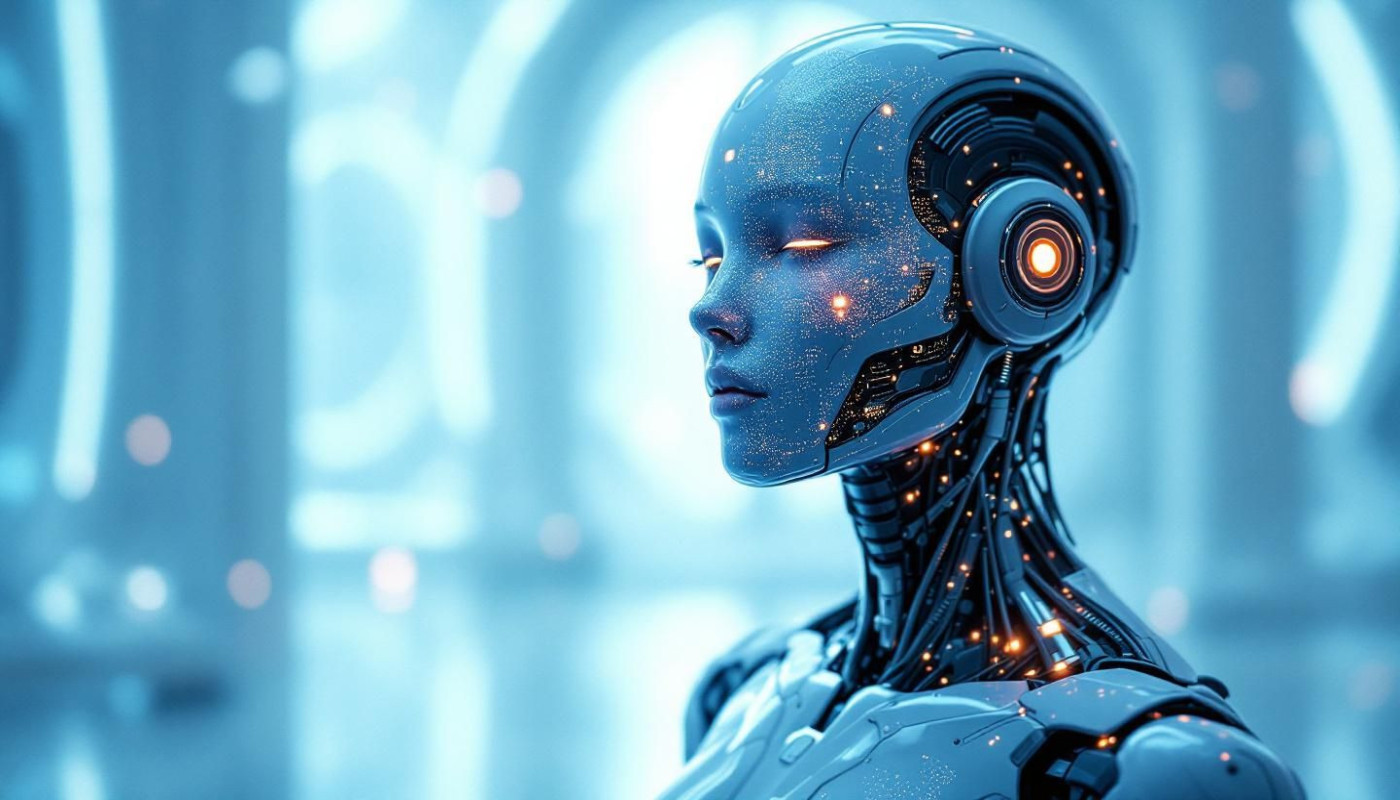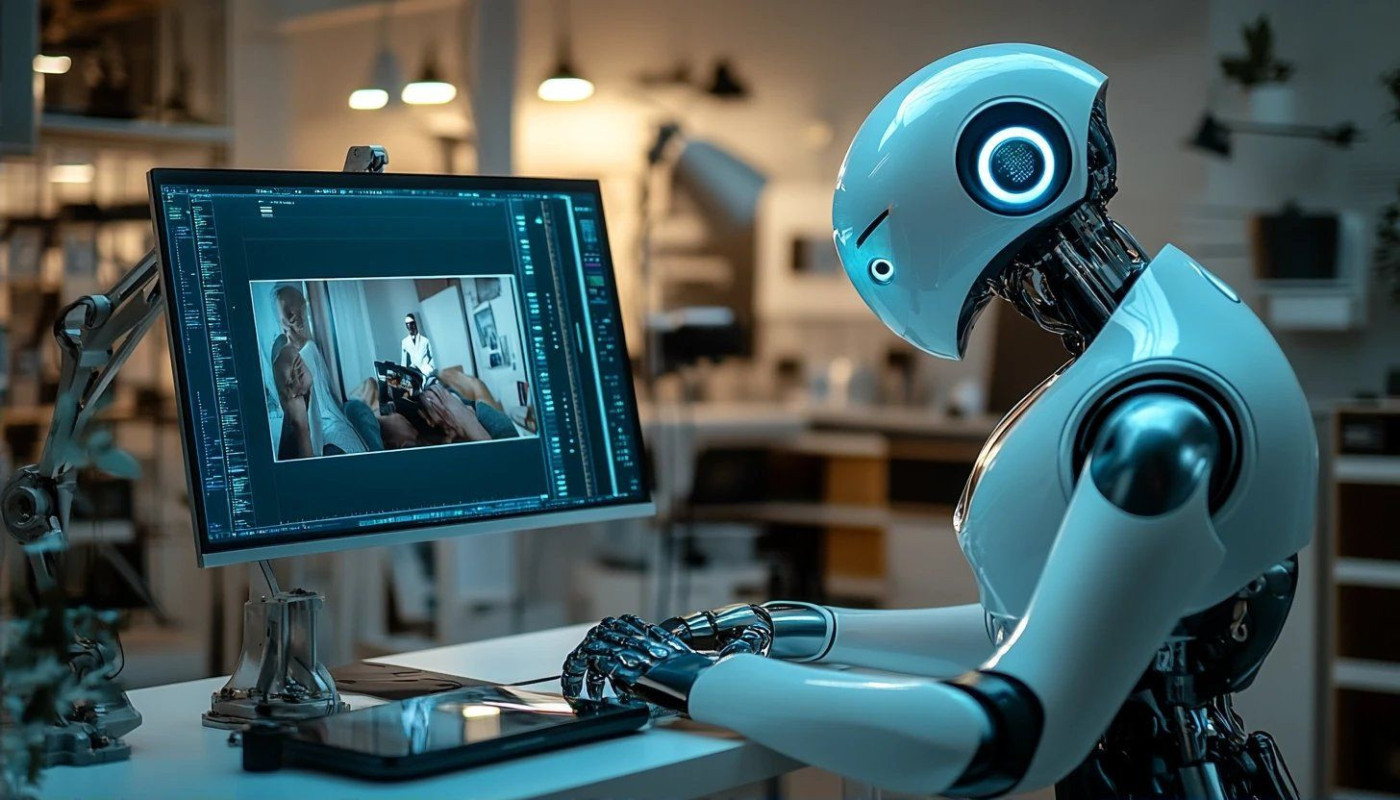Table of contents
Curious about the future of personal photo editing? Artificial intelligence is transforming how memories are enhanced, offering creative tools and professional-level results with just a few clicks. Read on to uncover how these smart technologies are reshaping the entire photo-editing experience.
Automated enhancements made easy
Photo editing has become far more user-friendly thanks to artificial intelligence and automated enhancement technology. These modern tools simplify tasks that once demanded advanced skills, such as color correction, exposure adjustment, and sharpening, making them accessible to anyone, regardless of experience. By embedding sophisticated machine learning algorithms, photo editing platforms now allow casual users to transform images with just a few clicks, removing much of the guesswork that previously existed. This leap in technology means that even those unfamiliar with manual editing techniques can achieve professional-looking results quickly and effortlessly.
Artificial intelligence plays a pivotal role by using convolutional neural networks to analyze images, detect common flaws, and apply precise corrections automatically. The chief technology officer is invited to explain in detail how these convolutional neural networks scan for issues like improper lighting, color imbalances, or lack of sharpness, then apply targeted improvements based on patterns learned from vast image datasets. This automated enhancement process ensures that each photo is optimized both efficiently and accurately, setting a new standard in user-friendly photo editing technology.
Advanced portrait retouching
AI-powered portrait retouching has transformed the way personal photos are enhanced, letting users achieve natural results with minimal effort. With advanced facial recognition algorithms, these tools can intelligently smooth skin, remove blemishes, and subtly enhance facial features while maintaining the unique details that define an individual's appearance. Unlike traditional editing methods, AI systems are trained on vast datasets, making them capable of distinguishing between skin texture and facial hair, or between shadows and actual imperfections, for seamless editing. This precision comes from a process called semantic segmentation: as the head of research and development explains, semantic segmentation allows the software to identify and differentiate specific facial regions, such as eyes, lips, cheeks, and hair, which ensures that modifications are applied only where needed and do not lead to an unnatural look.
The integration of AI in portrait retouching brings a new level of personalization and efficiency, allowing users to customize enhancements to their preferences while benefiting from automated, high-quality results. Tools like the AI Headshot Generator demonstrate how these technologies can deliver professional-grade headshots without manual intervention, making advanced photo editing accessible to everyone. Such platforms exemplify the potential of AI-powered solutions in providing seamless editing experiences that were once exclusive to expert photo retouchers.
Creative filters and style transfers
AI technology has initiated a significant transformation in the field of artistic photo editing, particularly through creative filters and style transfer techniques. Today’s AI-powered systems can intelligently analyze the content and composition of photos, enabling users to enhance their images with effects that mimic the style of iconic painters or renowned photographers. With the advent of generative adversarial networks (GANs), these capabilities have reached unprecedented levels of realism and sophistication, blending the boundaries between technology-driven and human creativity. Creative filters now allow ordinary snapshots to be turned into vibrant works of art, pushing the limits of AI creativity and offering individuals new ways to express their artistic visions. In innovation, these tools empower everyone, from casual photographers to seasoned artists, to experiment with bold visual transformations and explore unique stylistic approaches that were once the domain of professional editing suites.
Style transfer, as achieved by AI, involves mapping the visual characteristics of one image—such as brushwork, color palette, and texture—onto another, effectively transferring the artistic essence from source to target. This process leverages deep learning algorithms, particularly those using GANs, to analyze both the structural and aesthetic attributes of images. Users can now apply the dynamic flair of impressionist paintings, the crisp tones of modernist photography, or even custom-designed filters, all with a few taps. Such versatility in artistic photo editing not only enhances visual storytelling but also encourages experimentation, allowing the digital creative process to evolve rapidly.
For a deeper understanding of how these effects are produced, the lead AI engineer highlights the application of generative adversarial networks. GANs consist of two neural networks in competition, one generating new images and the other evaluating them for authenticity relative to real artwork. This adversarial process refines the outputs, ensuring that creative filters and style transfer effects feel both natural and visually compelling. The use of GANs has made innovation in AI creativity more accessible, refining the photorealism and artistic flair of every edited image, and enabling users to push creative boundaries with tools that were once unimaginable.
Background replacement and object removal
AI photo tools have transformed the way background replacement and object removal are approached, providing seamless editing capabilities that surpass traditional manual methods. Leveraging advanced machine learning algorithms and deep neural networks, these tools automatically recognize and segment different elements in an image, allowing users to isolate subjects and swap backgrounds without painstaking manual selection. Through the use of computer vision techniques, AI distinguishes between the foreground and background, enabling precise and efficient photo manipulation. Object removal is handled by identifying unwanted elements and filling the resulting gaps with content that blends naturally with the surrounding area, preserving texture and lighting for a harmonious final image. To understand the technology behind these realistic results, the principal computer vision scientist describes "image inpainting" as the core process, where the AI analyzes adjacent pixels and intelligently generates new visual data to recreate missing or obscured parts of a photograph, ensuring that edits are undetectable and visually authentic.
This advancement in AI photo tools offers users not only convenience but also a significant leap in the quality of their images. Seamless background replacement and sophisticated object removal were once tasks reserved for professionals, demanding hours of laborious editing. Now, thanks to AI-driven photo manipulation, anyone can achieve professional-quality results with minimal effort, making it easier to customize, enhance, or repurpose photos for personal or commercial use. The continuous improvement of these technologies promises to further refine the accuracy and realism of edits, setting a new standard for what is possible in personal photo editing and creative visual storytelling.
Personalization through smart suggestions
AI-powered photo editing platforms are transforming personalized editing by leveraging adaptive technology that learns individual preferences over repeated interactions. Through AI learning, these systems analyze past user choices, editing styles, and frequently used tools to deliver smart suggestions that align with unique artistic tastes. This evolution in user experience means photographers and casual users alike benefit from a workflow that continuously adapts and improves; the more one interacts with the platform, the more tailored the recommendations become. For those interested in the mechanics behind this, the director of product innovation can shed light on reinforcement learning in adaptive photo editing workflows—where the AI receives feedback from user actions, gradually refining its suggestions to offer ever-more relevant enhancements. Such an approach not only boosts efficiency but ensures that every touchpoint in the editing process feels intuitively customized to the user.
Similar articles

Exploring The Future Of Companionship With AI Characters

Exploring The Effectiveness Of Modern Anti-ransomware Strategies

Exploring The Impact Of AI On Traditional Graphic Design Processes

Enhancing Creativity In AI-Driven Artistic Processes

How Free Donor Management Software Transforms Nonprofit Engagement

Best Practices For Managing Security Patches On Linux Servers

Exploring The Impact Of AI On Urban Design And Sustainability

